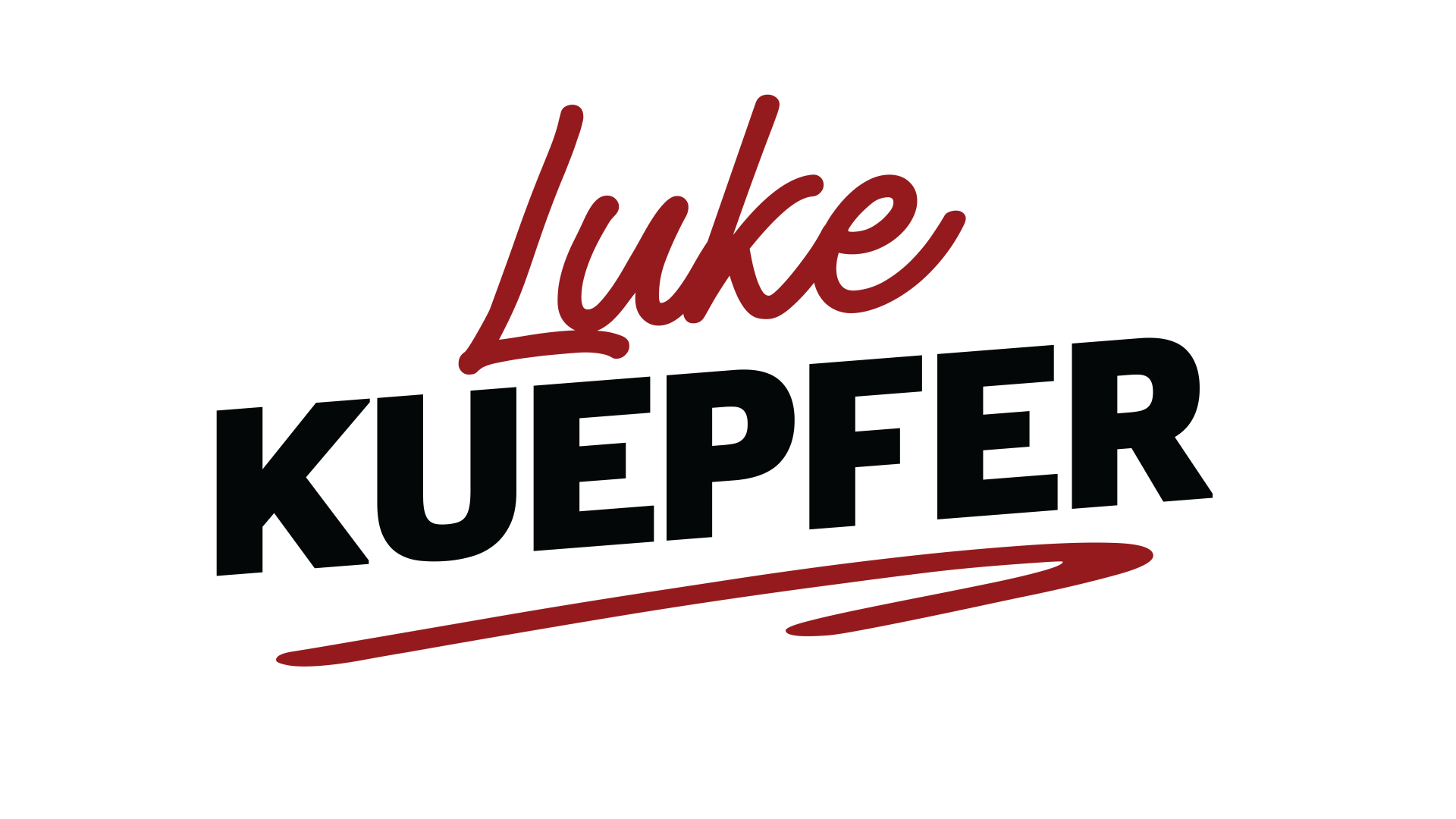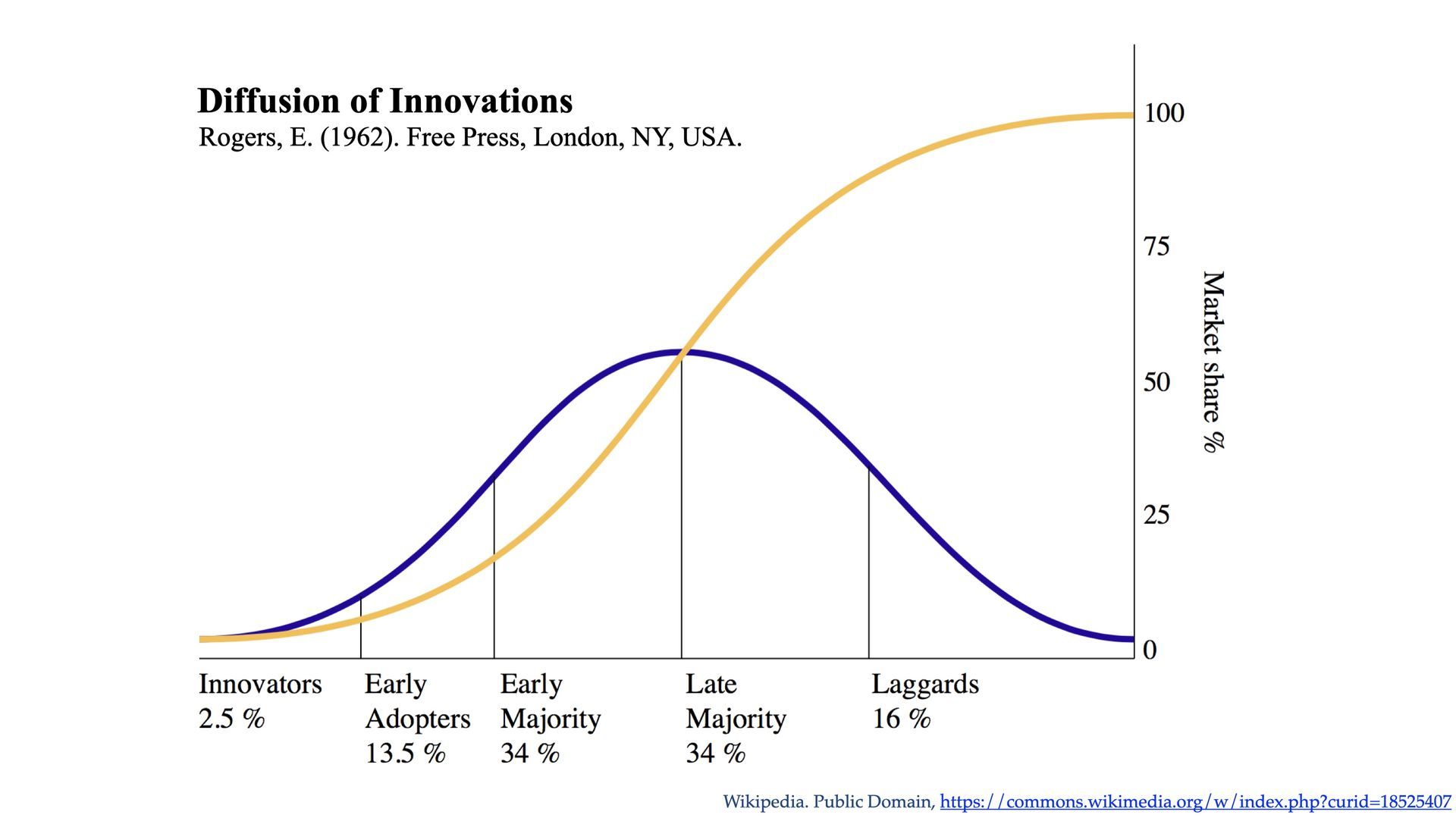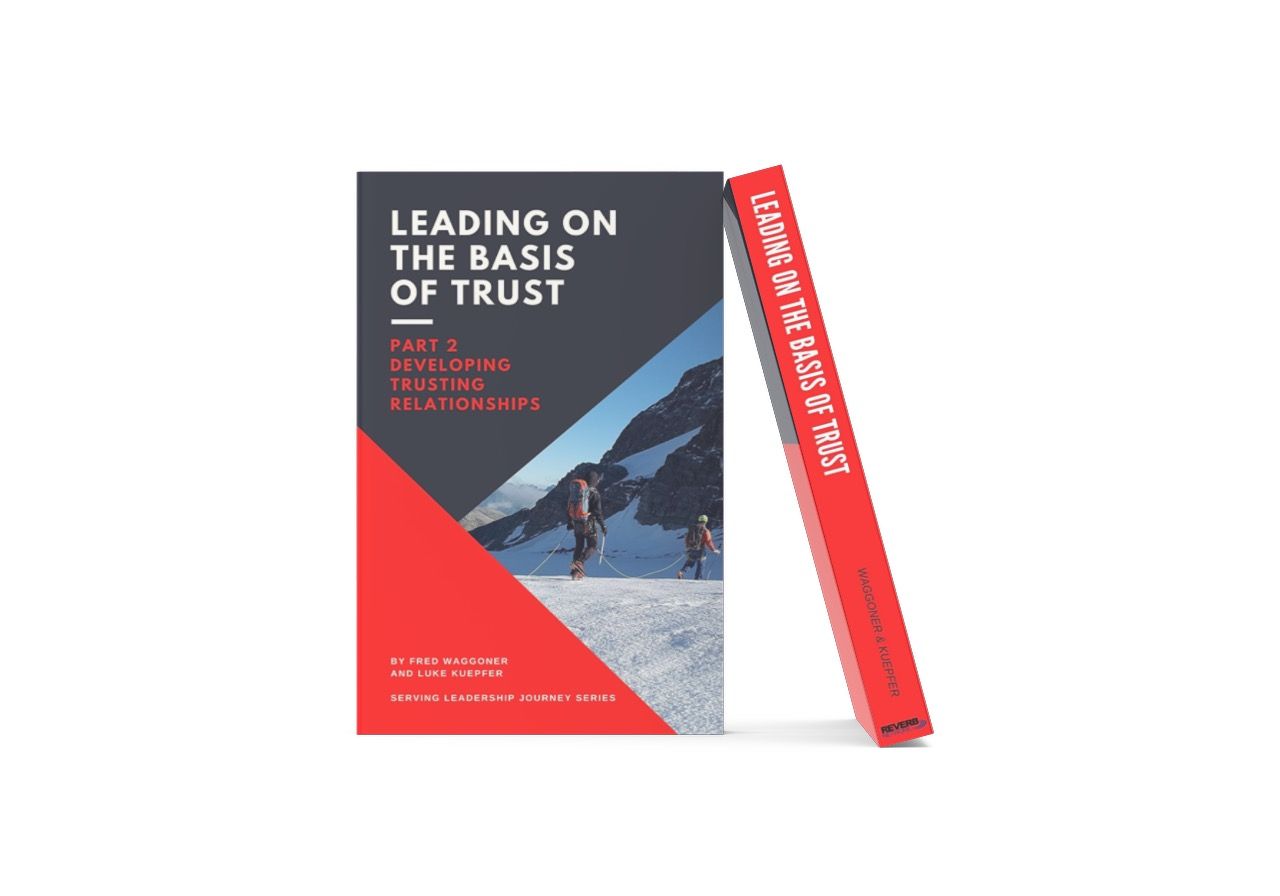Diffusion of Change or Innovations
Diffusion of change or innovations refers to how well something is adapted by the target audience. Some folks buy into an innovation or new concept very quickly while others either wait to see how it will be accepted over time or reject it altogether.
Consider the rapid diffusion of coffee growing and the expanding coffee market over the last few decades. Truly a remarkable diffusion of a product that was only a basic hot drink when I was a kid—you got it in a styrofoam cup at a gas station!
Innovations diffuse or spread quickly based on a number of factors. If people perceive that the relative advantage of an innovation is quite high it will be more successful. If it is compatible with their values and is agreeable with past experiences it will also diffuse more quickly.
Simplicity and trialability are also key factors; people are drawn to ideas or items that are not too complex and also have experimentation built into them. If an innovation has observable results it cuts down on uncertainty in the product and results in a higher degree of diffusion.
People typically fall into five different categories when it comes to adaptability of change: innovators, early adopters who are willing to take risk and invest in the innovation, the early majority who take advantage of a solution after observing the results of early adopters, the late majority who tend to be more cautious and eventually buy in, and finally the laggards who may either be forced to buy in or reject the innovation altogether.
I remember corresponding with a talented young man who believed in the vision of our organization but was hesitant to join up due to his concerns about the future. As a result, he remained where he had always been. His laggard mindset prevented him from acting on his missional values. He wanted to climb a “mountain,” in this case, join a mission in accomplishing something high and lofty, but his fears of the future prevented him from a grand adventure.















